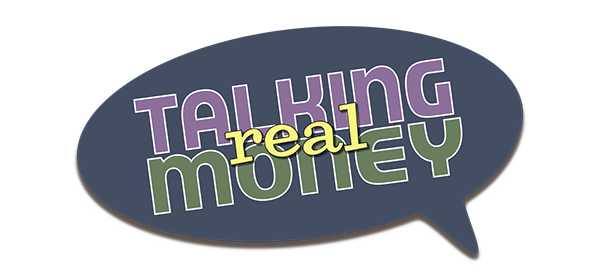Interest Rate "Liftoff"
Recently, Vanguard's Global Chief Economist Joe Davis and Senior Economist Roger Aliaga-Díaz were interviewed about their projections for the U.S. interest rate "liftoff" and long-term rate level. They also discussed whether or not the market may have priced in rising rates and how much volatility investors may expect following "liftoff."
Question: Joe, when do you think the Fed will start to raise short-term interest rates and at what pace?
Joe Davis: Good question. You know, we certainly stated at the beginning of the year, in our past conversations, that the Fed was very likely to raise rates this year. And that is still the case. There’s been a great deal of fixation in the marketplace around whether it would be June or September, perhaps even as late as December. And depending upon the data, I think, ultimately [that] will determine when the Fed raises rates. I think right now central tendencies are around September. I think that’s clear from the Federal Reserve in the minutes, and the weak data we had in the first quarter, some of which is [because of] weather, some of it is not.
More importantly, what we’ve talked about for some time , is much more important than when the Fed raises rates, is—to your question—the pace, and where they ultimately stop. And in our minds, for some time, we’ve been of the thought that the Fed was unlikely to raise rates very high, and they were going to do so at a very gradual pace. And in fact we thought that the Federal Reserve would pause, perhaps as low as 1%, to reassess the economy and to see the performance. Particularly since the Federal Reserve is extremely likely to be the only central bank in the developed world that will be raising rates in the near future.
So again, I still think it’s going to be a very gradual and slow pace. I think it’s ultimately a positive for the U.S. economy. There is a limit to how far the Fed can raise rates. Two important points. First is, inflation is below where they want it. It’s been there for four years and it’s not near 2% on the official rate. And so, unlike previous tightening cycles, they may be raising rates with their inflation below where they want it, as opposed to the past when it was higher than they wanted, and they wanted to push it down.
And then secondly, whether or not they may directly acknowledge it, is the recent strength in the U.S. dollar, given in part due to the strength of the U.S. versus other developed markets. There’s a tightening bias in the appreciation of the dollar. So that, in itself, I think will be self-limiting in terms of how far the Federal Reserve will need to raise rates.
Question: Roger, have the markets already priced in higher rates? Or do you think we’ll see some volatility as rates start to rise?
Roger Aliaga-Díaz: Yes. In part, they have priced in some of the rate rise that’s expected for 2015. But still, there is a little bit of disconnect between the market-inferred path of rates, and what the Fed is stating. It’s not a large disconnect. We’re looking at a half of a percentage point. The market seems to be a little bit impacted by technical factors—basically the flight to safety into the U.S. dollar, and dollar-denominated debt, we’ve been seeing over the last few months. And that tends to push U.S. yields down below what economic fundamentals would determine.
On the other hand, the Fed projections are assuming, at the moment, that the Fed is going to raise rates to closer to historical levels, or to about 4% for what’s called a terminal rate, long- term. But we believe that over time—and the Fed is basically acknowledging this gradually— that over time due to the low growth environment and subdued inflation environment, that terminal rate may come down closer to where the market is.
So [there could be] a little bit of volatility [because] the market may catch up to the Fed in the short-term as we get closer to lift off. The Fed is over time, gradually reducing that long- term rate. But volatility, yes, usually at turning points we should expect some volatility. Not necessarily in one direction, it’s not all bad. It’s more uncertainty around the path of rates, the gradual path that Joe was referring to. So the best basic strategy for that is to stay well diversified across the maturity curve, accessing a broad bond benchmark.
© 2015 The Vanguard Group, Inc. Used with permission.
